Related story
How textile manufacturer Copaco replaced a static reporting workflow with real-time insights into yield and production efficiency by implementing the FactryOS MES.
By combining machine data with context from the FactryOS MES system, Copaco is now able to monitor and report production efficiency, yield and product quality in real time.
Questions about this case? Contact us!Started as a family business, the Belgian company Copaco Screenweavers was established in 1958. Since then, the company has grown into a market-leading European producer of sunscreen fabrics and insect screen mesh. The past three years have been a roller coaster for the company. In 2019, it became part of Hunter Douglas Group. Two years later, the group was acquired by 3G Capital Group, a leading global player in window decoration.
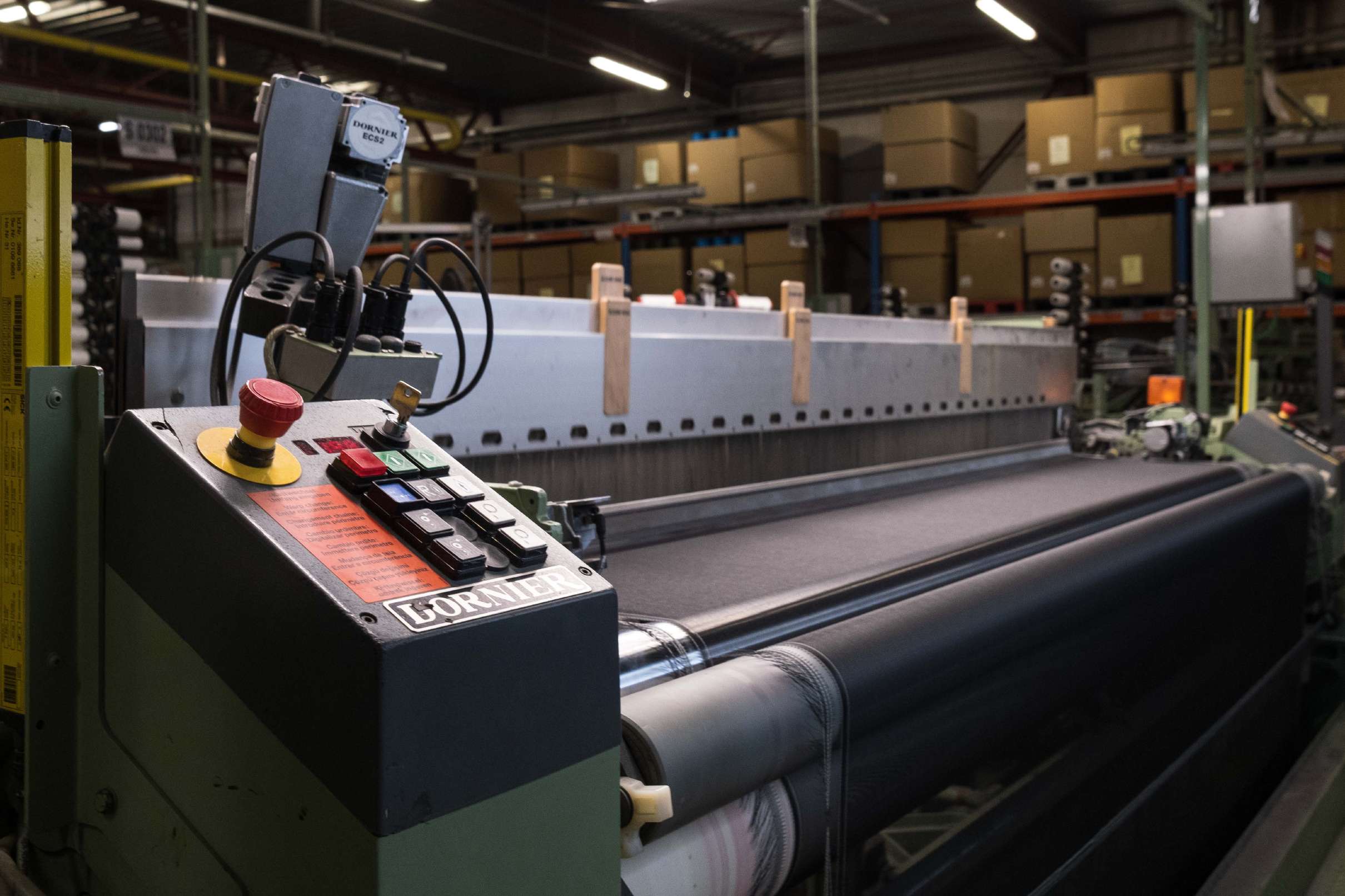
Textile producer Copaco lacked real-time insights into the efficiency and yield of its manufacturing operations. Paper sheets and planning boards ruled the shop floor. Reporting was mostly done through static spreadsheets.
Because production orders were signed off the very end of the process, it was difficult to follow up on the current status or location of orders, and to get deeper insights on yield, downtime, material and energy usage, or quality.
Copaco’s main objective was to digitise operations on the production floor and increase the visibility of process data, and replace a static reporting process with real-time insights on any aspect of the manufacturing process.
This would allow them to:
With FactryOS, we delivered them a robust and scalable MES platform that collects data from any source in real-time, integrates data streams in a single interface and transforms raw data into actionable manufacturing insights.
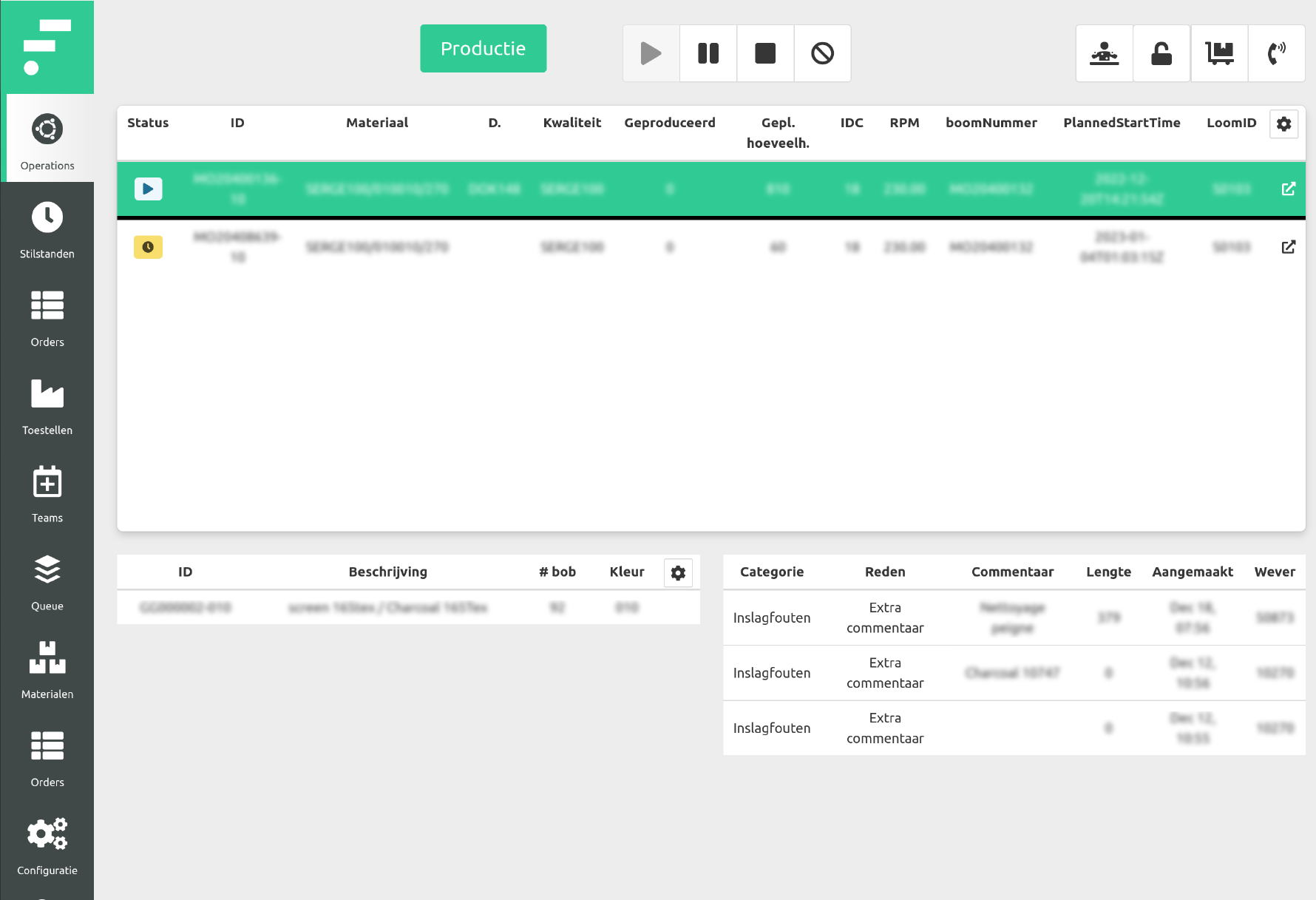
Within the company group, Copaco forms a cluster with two other textile manufacturers: the Belgian Helioscreen Fabrics and the French Mermet. Since Helioscreen was already working with FactryOS, the group was able to scale the MES platform to a new production site in a cost-effective manner.
In the spirit of collaboration, the choice for FactryOS was an easy call. The colleagues at Helioscreen were highly satisfied with it, and another MES would have definitely cost more to implement.
Andy Vanderpoorten
Supply Chain Manager at Copaco
Copaco and Helioscreen use the same types of machines, both legacy and modern equipment. Writing protocols and process queries, connecting the looms, … the hard part was already done, which speeded up the process.
Copaco and Helioscreen use more or less the same equipment, yet both companies have slightly different processes and use other ERP systems. Matching the MES with their workflow required only minor customisations.
Connecting ERP with MES was the biggest challenge during the implementation process. Based on years of experience, Factry ensured fluent communication from the MES to the ERP system, and vice versa.
It took only a few months to wrap the implementation process up, in close collaboration with the company’s Supply Chain Manager and the ERP supplier. Frequent meetings ensured we didn’t fall behind on schedule.
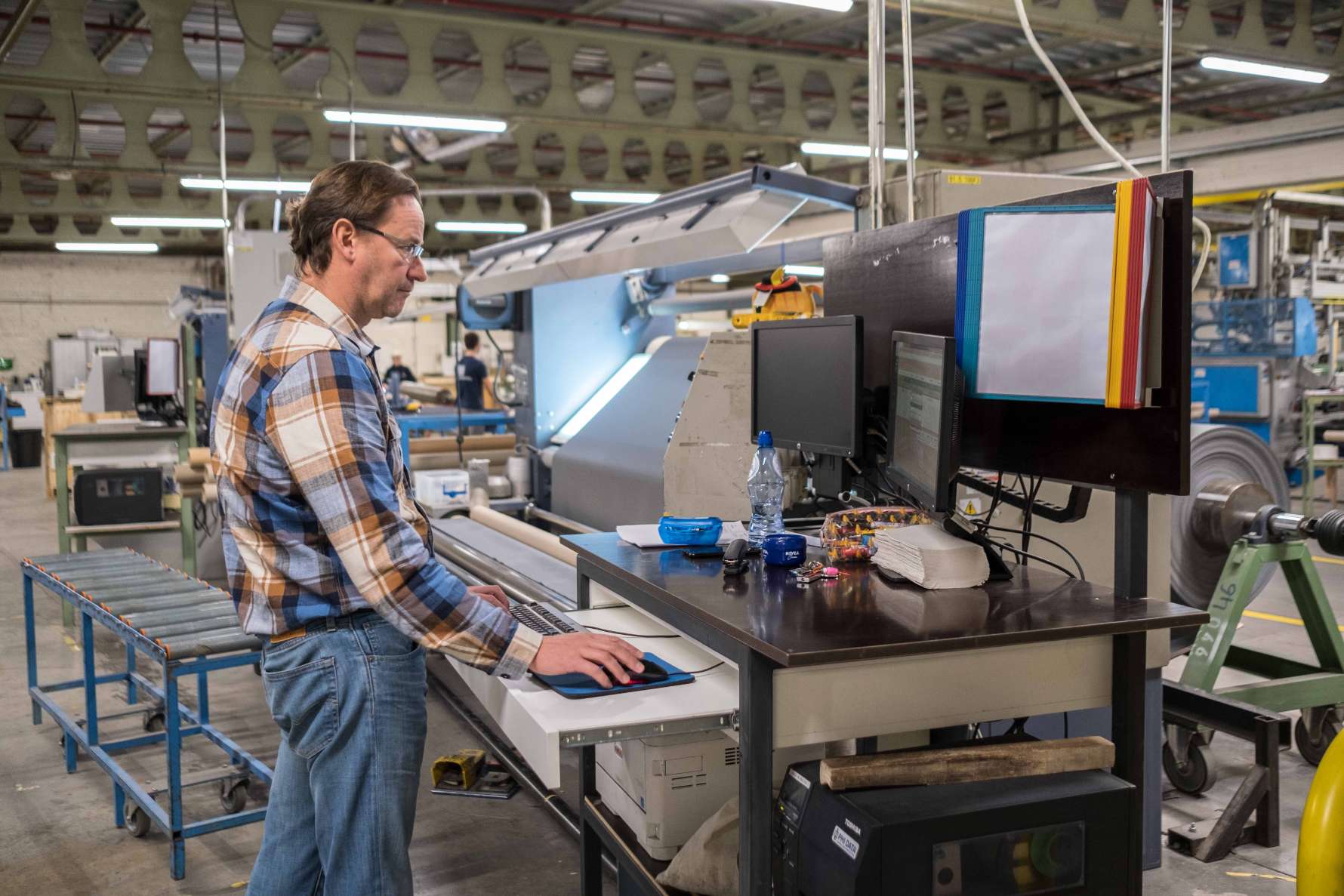
Before, production orders were briefed to operators on paper sheets, opening multiple doors to human errors. As today, crucial information and notes are displayed on modern tablet devices, ensuring that no information is lost.
The FactryOS MES platform guides the specific workflow of operators through a role-based interface. Through a single screen, operators can:
Since the company is close to the French-Belgian border, having a multilingual operator interface is a must. When an employee logs in to a particular loom, the user interface is automatically translated to their native language. Grafana dashboards on large TV screens offer a wide-angle view on running orders, planned orders and stops. At a glance, it’s clear which machines are operating, which looms are down, and for what reason.
In my opinion, the biggest added value of FactryOS is the overview it brings to the shop floor. The TV screens not only bring clarity, but also make production planning so much easier.
Andy Vanderpoorten
Supply Chain Manager at Copaco
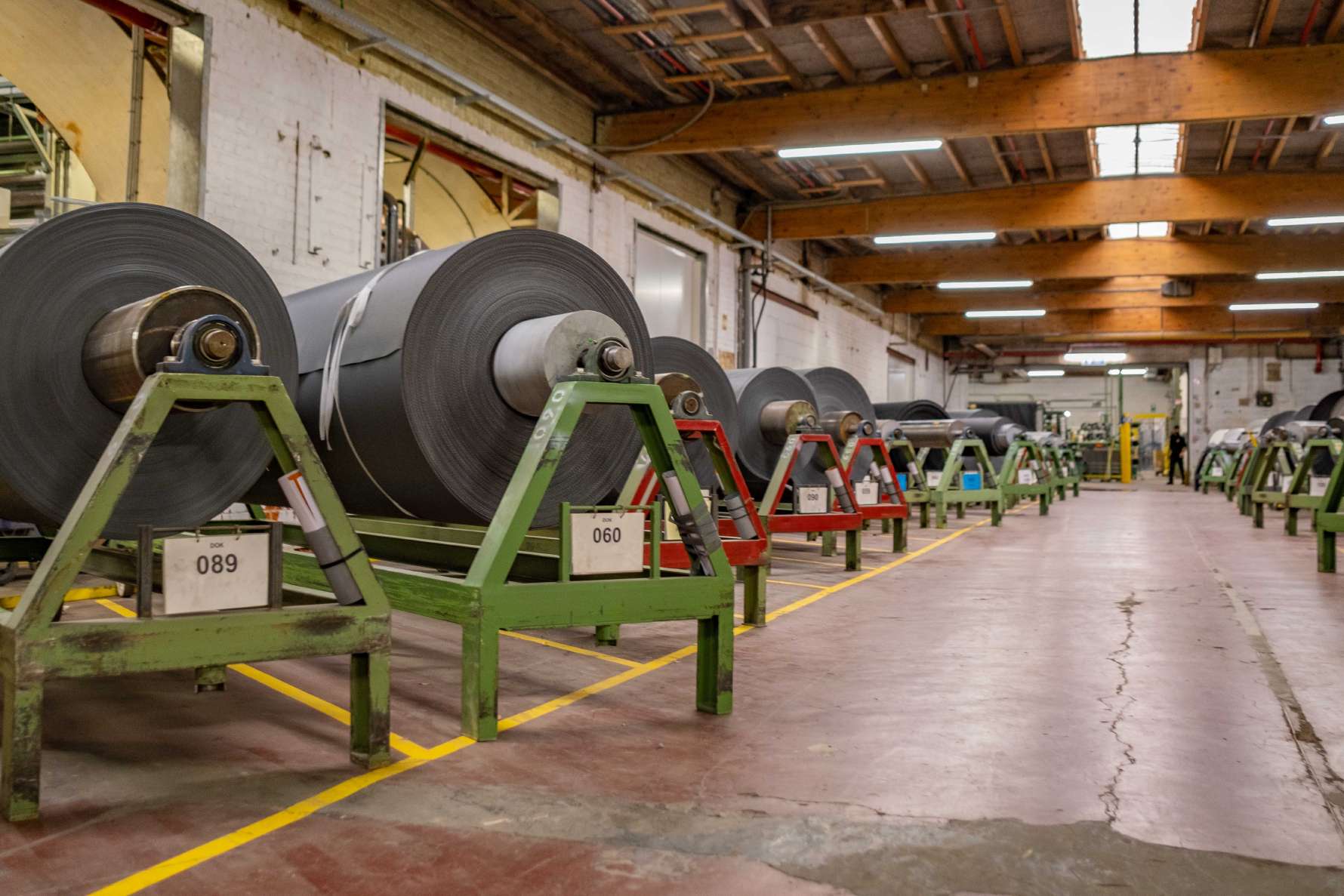
The FactryOS MES platform enables Copaco to analyse their processes in real time, and brings them a cascade of new process insights, going from overall plant efficiency to machine, team or individual weaver efficiency. As a result of its ease-of-use, the MES is leveraged on a daily basis by various roles, going from production and maintenance managers to production planners, to get quick insights on any aspect of the manufacturing process.
By combining multiple databases, and adding context to raw production data, production managers are able to answer complex questions such as:
By having contextualised process data at their fingertips, Copaco is now able to measure energy consumption in a much more fine-grained manner than before, and allocate energy costs per production site, line or machine. Maintenance managers can now track and analyse energy consumption of processes and machines in real time. In production areas in which a lot of energy is used, gas or electricity use is displayed live on the production line.
Before, monitoring materials usage was a pain. To calculate the theoretical percentage of yarn that goes into a product, they needed to manually record the length counter readings of all work orders. To then get a sketchy result. Today, material usage is calculated based on continuous data input. Raw materials are signed off automatically every 10 metres of finished product, giving an accurate picture of material usage per product, order or machine.
Before, orders were signed off at the end of the process. Now, we have a highly accurate picture of all orders in progress, their status and materials consumption. That’s a gigantic improvement.
Andy Vanderpoorten
Supply Chain Manager at Copaco
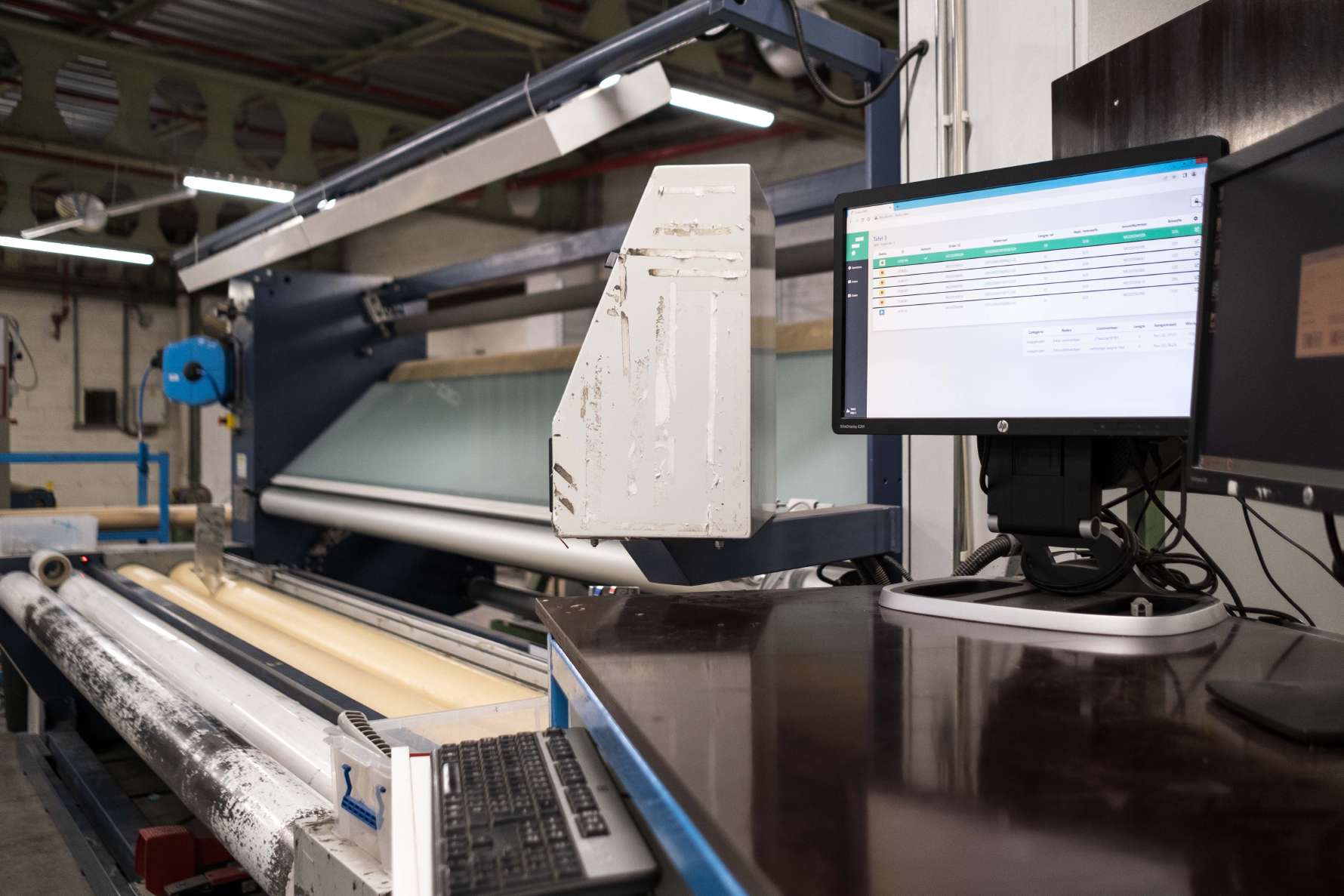
In the past, Copaco theoretically calculated the status and location of production orders. In case the loom had been down for a while, the data didn’t match reality. With FactryOS, they can follow up on WIP in real time. By having contextualised process data, production managers can now easily find out when the order was stopped during the process, and what was the reason behind it. It offers them a much brighter view on any given order.
Product quality is a number one priority for Copaco Screenweavers. Since looming is a continuous process, even the briefest machine interruption could cause a product flaw. Therefore, standstills should be avoided at all costs. Through better data visibility, planning and follow-up of machine and order statuses, operators and managers are continuously in the loop of which tasks or orders are next, so they plan their actions better and avoid machine stops.
Copaco produces its own yarn. During this first step of the production process, chemicals are blended in a mixer. The duration of the process has to be precise to ensure a right homogeneity and composition of the result. Before, this was often determined on gut feeling and experience. The MES platform now allows them to measure exactly how long the product has been mixed at each step, in order to achieve an identical result each time.
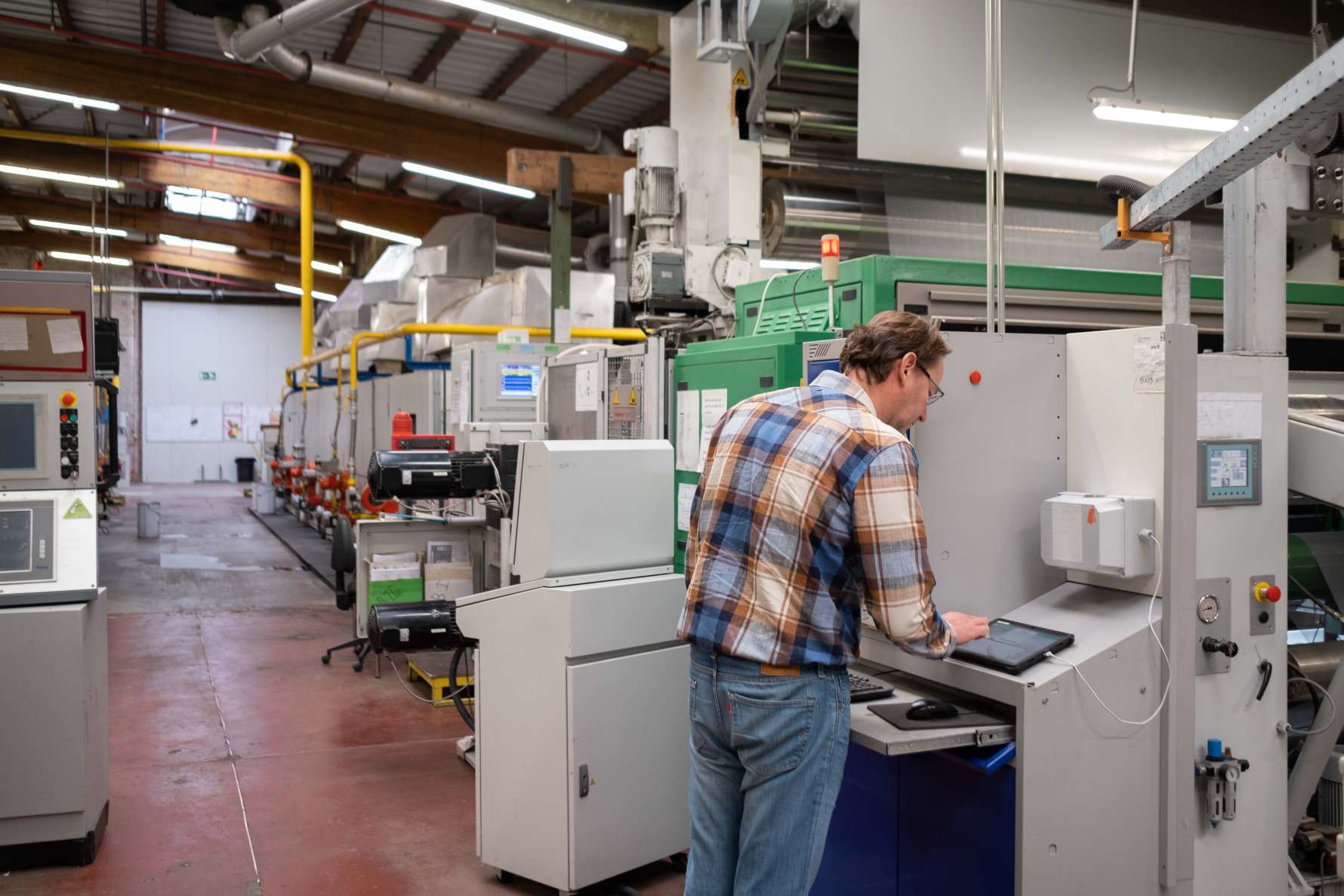
The company is currently implementing a new company structure on top of the group’s three production sites, centralising sales, marketing and warehousing. With FactryOS, the group was also able to streamline production reporting.
Since Copaco’s counterpart Helioscreen Fabrics is working with the same MES, rolling it out on a group level allowed for a standardised production reporting process, and for sharing insights and learnings more easily.
The group’s management needs accurate OEE data to build its decisions on. However, through a lack of data visibility, the company was unable to accurately measure overall OEE performance, let alone on machine level. Through the fluent connection between the ERP system and the MES platform, previous guesswork could be replaced with highly accurate OEE calculations, whether it is on a plant, department or machine level.
The company management requires accurate OEE insights. While this used to be a bit of guesswork, detailed OEE calculations are now finally possible, including per machine type or individual loom.
Andy Vanderpoorten
Supply Chain Manager at Copaco
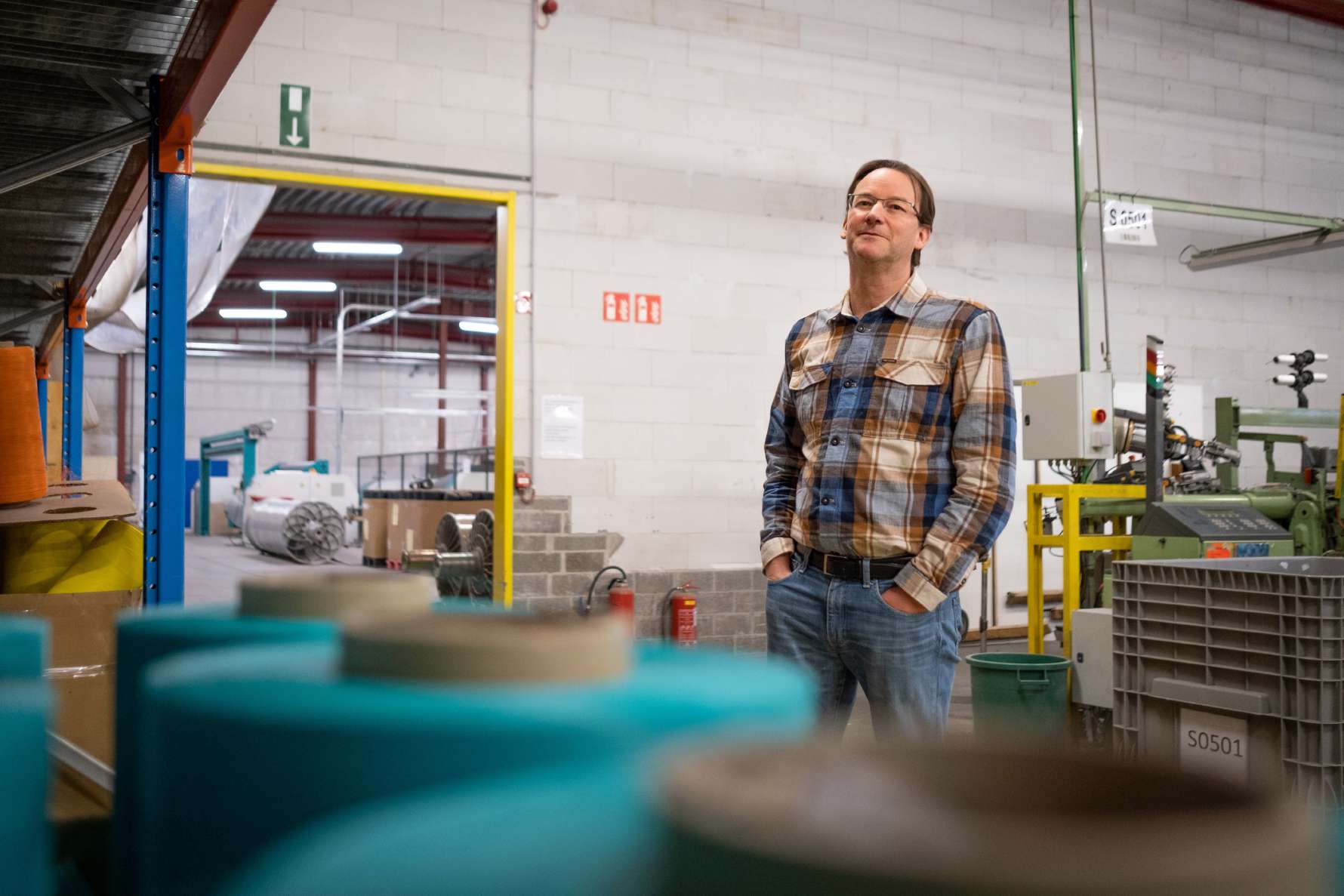
I’m really happy with the MES solution Factry has delivered to us, and would definitely recommend it to other companies in the industry. It has brought us nothing but valuable data insights.
Andy Vanderpoorten
Supply Chain Manager at Copaco
